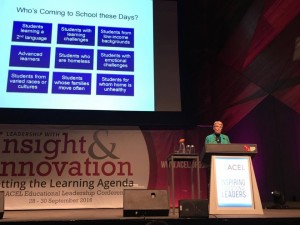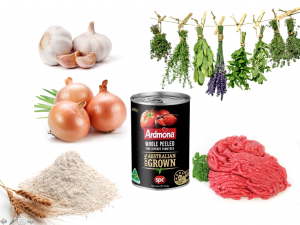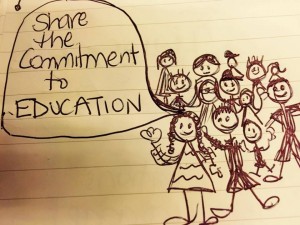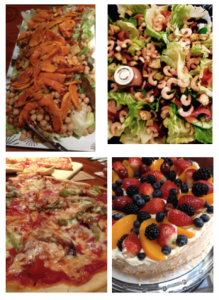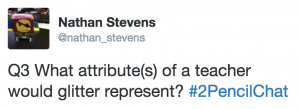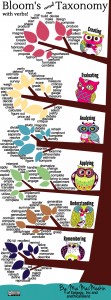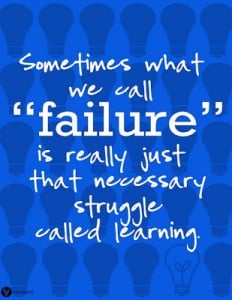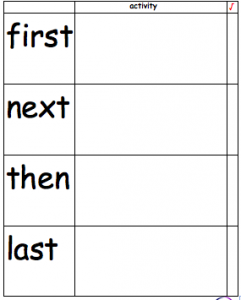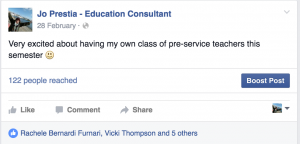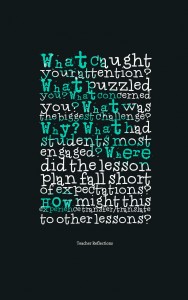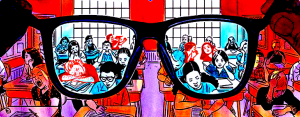This post also addresses prompt number 6 in the #edublogsclub challenge – Challenging situations.
Once upon a time….
No, sorry…
This semester sees me working with 2nd-year pre-service teachers. The unit is the same as the one from 2016 and once again we get to go out to a school in Week 3 and ‘teach’ a couple of Year 7 students on campus. This is usually done during our tutorial time, however, this year proved to be a little challenging in that our tutorial time is 4-6 pm!! Um, schools don’t usually have students ready to go at that time – but alas – the time slot couldn’t be changed regardless of how important this ‘teach’ visit is to my students’ first assignment, (that’s another story!).
Anyhow, let’s not get side-tracked. I wanted to share once again the wonderful adventure we had that afternoon and how we managed to pull it off considering we went from 28 Year 7 boys willing to participate, all the way down to 6. With pizza and choc mud cake on the menu, the boys signed up to remain after school and participate in the activity. Until…
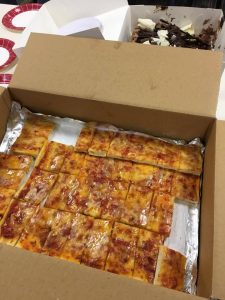
The bribe
They realised it was actually parent/teacher/student (P/T/S) interview evening and they finished school at 2 pm! The numbers dwindled down to 10 boys, and with only a couple of days before the activity, we went to Plan B – there is always a Plan B!
The hour we had with the students would need to be split into two. We have 10 boys participating in two sessions. This would be okay, as the teaching was only for 30 minutes, so my own pre-service teachers would be prepared and it would not impact on their lesson plan. Emails were sent to all and preparations made. I would pick up the food and make my way to the school, arriving in time to feed the students and set up the space. A half dozen of my students, who didn’t have a class before the tutorial would meet me to help with preparations. And then the phone rang…
It’s the day of the activity.
“Hi Jo. How are you going?”
It’s my contact from the school.
The conversation goes something like this….’Everything is okay. We are all set to go except we are now holding the activity in the library and not in the performing arts centre (where I told my students to meet me). No problem we’ll send the boys down to direct them. See you later in the afternoon.’
All good.
And then the phone rang…again…
“Hi Jo. How are you going?”
It’s my contact from the school.
“I’ve got some bad news.”
We are now down to 6 students.
Time for Plan C. Hang on. I don’t really have a Plan C. I have 11 groups (28 students in 2s and 3s) and 6 students. Each group except for 2 are expecting to be teaching 2 Year 7s for 30 mins. I get in my car to pick up the food and head on over to the school. Plan C, if I had one, won’t work, at least not without disppointing my students.
Later, at the school, I’m so happy to see my students who have arrived early as promised. We make our way to the library space, Plan C still isn’t coming.
“Hi Miss!” exclaim 2 little Year 7 boys awaiting our arrival.
I already feel better.
“Here boys, have some pizza. Now while we set up why not go find a friend to join us?”
“Ok,” they reply enthusiastically.
They soon return with another student willing to join in. That’s 7. Is Plan C on it’s way?
Slowly my other pre-service teachers begin to arrive while a few get caught in traffic and message to say they are running late. No problem. Plan C is slowly appearing. We have 3 groups already here and we’re 30 mins early – let’s start the first session and instead of 2 rotations we’ll do 3, plenty of time till 5 pm! H-E-L-L-O … Plan C!
And so the sessions begin.
In no time at all we have paper planes flying, gold coins appearing and science experiments taking shapes.

Planes, coins & science
My pre-service students keep arriving and another student arrives after finishing with P/T/S interviews in tow with mum and dad ready to join in the learning. “Please join us, mum and dad, you’re most welcome!” Mum is keen. So now we have 7 boys (yes I know that should be 8 but one has to leave to attend the interviews so really it’s still 7). The boys grab another piece of pizza and make their way to join another group ready to go again. In this session we’re doing kinetics, working probability and travelling to the land of ancient Egypt. There is also evidence of more science experiments to do with chocolate. I also spot one young man exploring through a paper telescope – I can’t wait to read about that one!

I spy…
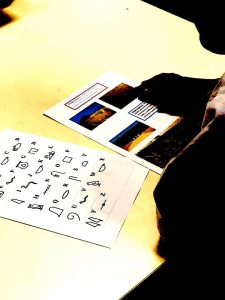
Ancient emoji?
30 minutes later … A-N-D … TIME! Last cycle: the 7 boys and the mum rotate one last time. In this session I find more science experiments, this one has balloons and looks very interesting. In another corner, Japanese is being taught, while yet another group is deep into the medieval world and a third is working on area and perimeter – looks and feels nothing like when I went to school. Much laughter and engagement prevail and it looks like Plan C worked!
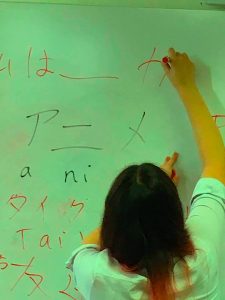
‘konnichiwa’
More pizza and mud cake, lots of thank yous and satisfaction prevails. We did it!
Time for reflection….

Reflecting on our teaching
Many thanks once again to De La Salle Malvern and especially their Year 7 coordinator who supported us all throughout this process, including entertaining the idea of having students stay after school to accommodate our tutorial time. Hopefully next year common sense will prevail and the tutorials will all be scheduled during the school day when students are actually in school!
Thanks for reading 🙂


